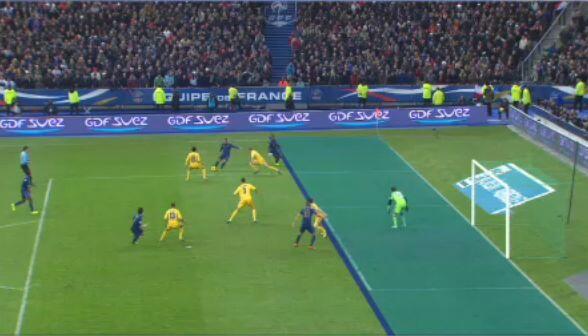Vision systems have existed for several years now, mainly with applications in manufacturing processes and medical images etc. However the improvement of processing power and memory capacity as predicted by Moore's Law in recent years has allowed for vision systems to become more accessible with the implementation of vision systems in embedded systems.
Ball/ object tracking of any kind falls under the field of Video tracking which is the isolation of target objects in a video feed over several frames which is usually implemented with algorithms such a Blob, Kernal-based or Contour tracking.
Applications of object tracking include Augmented (AR) and Mediated reality, where objects/ surfaces, buildings and positions are first isolated before the video feed is overlayed with graphical or virtual elements in real time, giving the user a augmented view of their surroundings.
This is a growing market with products appearing in cosmetics, fashion, sport, tourism, the automotive industry etc. Most modern mobile phones now support basic Augmented Reality apps , however retail experts say that the "techy jargon" name given to the technology is damaging the consumers perception of the technology.

The image above shows one of the most basic applications of augmented reality which has been used for several years now, which is the graphical overlay of the offside line on the video feed.

Example of an embedded vision system using Field Programmable Gate Array which allows for custom specialised design and parallelism processing power.

Google Glasses embedded vision system which uses a OMAP 4430 processor running an Android operating system.
Google Glasses video: https://www.youtube.com/watch?v=vG9vfjdcmRw
No comments:
Post a Comment